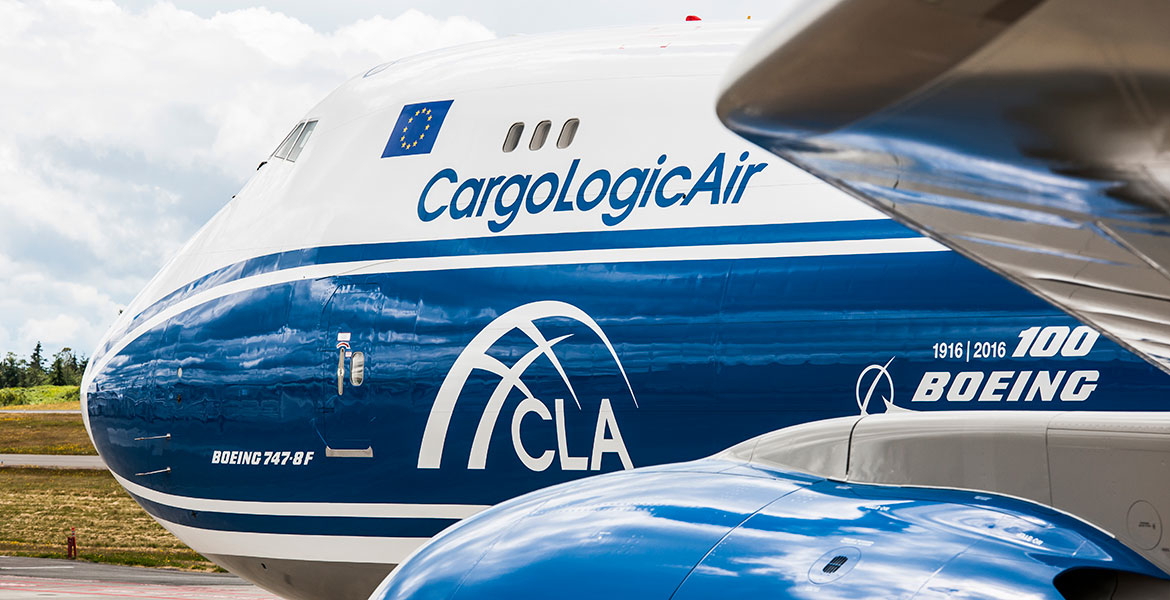|
IATA's latest data for global air freight
markets shows that demand, measured in freight tonne kilometers
(FTKs), rose 8.0% in January 2018 compared to the year-earlier
period. This was up from the 5.8% annual growth recorded in
December 2017.
Freight capacity, measured in available
freight tonne kilometers (AFTKs), rose by 4.2% year-on-year in
January 2018.
The continued positive momentum in freight
growth into 2018 reflects the fact that demand drivers for air
cargo remain supportive. Global demand for manufacturing exports
is buoyant and meeting this strong demand is leading to longer
supply chain delivery times. Demand for air cargo may strengthen
as a result, with companies seeking faster delivery times to make
up for longer production times.

"With 8% growth in January,
it�s been a solid start to 2018 for air cargo. That follows an
exceptional year in which demand grew by 9%. We expect demand for
air cargo to taper to a more normal 4.5% growth rate for 2018. But
there are potential headwinds. If President Trump follows through
on his promise to impose sanctions on aluminum and steel imports,
there is a very real risk of a trade war. Nobody wins when
protectionist measures escalate," said Alexandre de Juniac, IATA�s
Director General and CEO.
All regions reported an increase
in demand in January 2018.
Asia-Pacific airlines saw
demand in freight volumes grow 7.7% in January 2018 and capacity
increase by 2.2%, compared to the same period in 2017. The
increase largely reflects the ongoing strong demand experienced by
the region�s major exporters, China and Japan which has been
driven in part by a pick-up in economic activity in Europe.
However, the upward-trend in seasonally-adjusted volumes has
paused.
North American airlines� freight volumes
expanded 7.5% in January 2018 year-on-year, as capacity increased
4.2%. The strength of the US economy and the US dollar have
improved the inbound freight market in recent years. However, this
may be offset by the weakening in the dollar although the
recently-agreed US tax reform bill may help to support freight
volumes in the period ahead. Seasonally-adjusted volumes are
broadly trending sideways.
European airlines posted
a 10.5% increase in freight volumes in January 2018. Capacity
increased 5.3%. The strong European performance corresponds with a
very healthy demand for new export orders among the region�s
manufacturers. Seasonally-adjusted volumes jumped 3% in
month-on-month terms in January � the largest increase since March
2017.
Middle Eastern carriers� freight volumes
increased 4.4% year-on-year in January 2018, the slowest growth of
all regions. Capacity increased 6.3%. Seasonally adjusted freight
volumes continued to trend upwards during the first month of the
year, however, the region�s carriers remain affected by the
ongoing challenging political environment in the Middle East.
Latin American airlines experienced a growth in demand
of 8.0% in January. Capacity increased 5.4%. The pick-up in demand
comes alongside signs of economic recovery in the region�s largest
economy, Brazil. Seasonally-adjusted international freight volumes
are now back to the levels seen at the end of 2014.
African carriers� saw freight demand increase by 12.9% in January
2018 compared to the same month last year. The increase was helped
by very strong growth on the trade lanes to and from Asia. Freight
demand jumped by 59% between Africa and Asia in 2017 following an
increase in the number of direct flights between the continents,
driven by ongoing foreign investment flows into Africa.
|
Headlines: |
|
See latest
HD Video
Interviews,
Podcasts
and other
news regarding:
IATA,
Freight,
Cargo.
|
